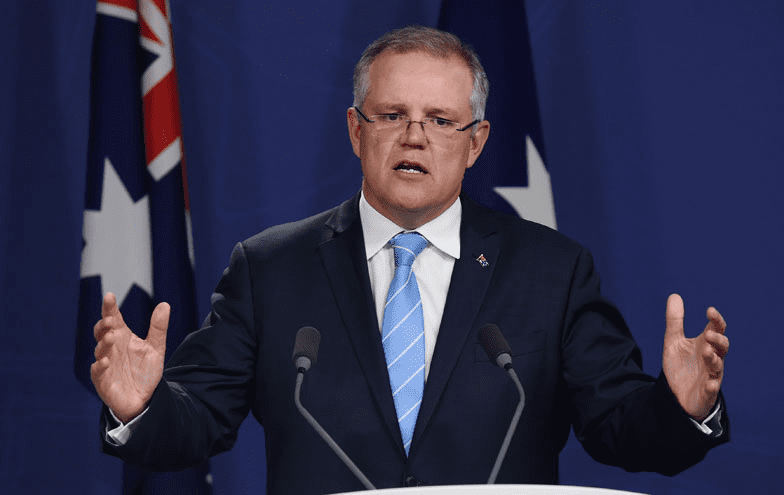As I sit at home studying during the coronavirus crisis because I can’t go into university, I hear Scott Morrison’s voice. His latest announcement is that select welfare recipients will be given an additional $550 per fortnight for the next 6 months, bringing the total fortnightly payment per recipient to above $1,000. With industry grinding to a halt and the economic burden already being felt most viciously by precarious workers (who make up a staggering 40% of Australia’s workforce) my initial reaction is relief. A closer look at this second stimulus package, however, reveals more of the same pro-capital agenda that the Federal Government has been peddling since their first day in parliament, and it’s not good for students.
I could wax lyrical about the billions of dollars the government is directly and indirectly handing over to the big banks (who by all accounts should still be reeling from reputational damage caused by the banking royal commission) to prop up the financial system, but I won’t. What I want to focus on is the unjust binary the government has drawn between students and workers, and the way this has been deployed to deny students economic security in this period of radical uncertainty.
Students who are on Youth Allowance (excluding those on Youth Allowance for Job Seekers), Austudy or ABStudy will not receive the additional payment support. The very term ‘student’ has been used to obscure the fact that, except for a minority who receive private financial support, students are workers who study.
Let’s think about what exclusion from this stimulus package means for most students. Students are much more likely to work in insecure, casual jobs, due to the competing demands of study, and a lack of qualifications. If, because of this crisis, a student is let go from their insecure employment, they will not receive any government support. The government has not ensured that employers of students have any responsibility to support them either. This means that the most that students like me will have left to survive on is $300 (including the rental assistance payment) per week. This is before rent, which at a conservative estimate costs Sydney students at least $200 per week. In the context of a necessary transition from face-to-face to online learning, university fees remain unchanged and it is once again students who are at a loss.
The potential impacts of this crisis on student welfare are hard to overstate. The instability of the coronavirus inherently generates anxiety about the future. Add to this a government that refuses to provide security and you are left with students who are feeling physically and mentally exhausted, and unable to focus on their studies.
What students need now more than ever is security. The government should take this opportunity to provide us with assurance that we are valued, and that our education still matters. The most obvious way to do this would be to double its woefully low student payment schemes. They could also offer free university throughout this period or significantly decrease student fees, but they have chosen not to.
In the absence of student support from the government, the same old message is loud and clear – if we cannot afford to study without working then we are not deserving of the ‘privilege’ of tertiary education.





